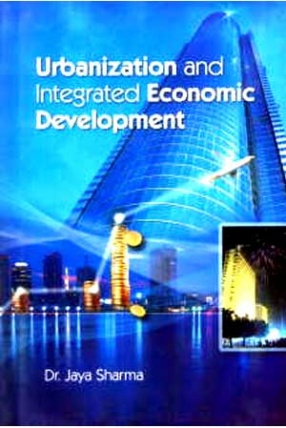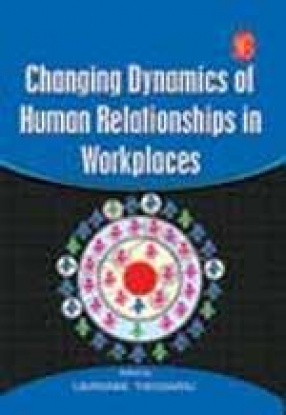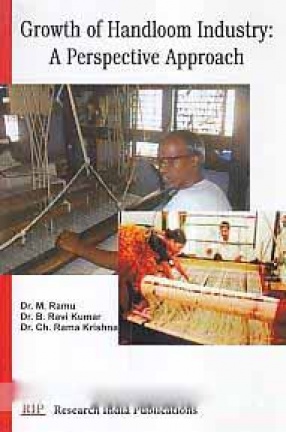The growth of cities in most of the developing economies is the single largest factor influencing imbalances in economic development. The different urbanization levels reflect different degree of economic development. By 2050, half of India's population is likely to be living in cities and cities estimated contribution to gross domestic product will be 75 percent by 2020. Much needs to be done urgently to transform our cities into livable urban spaces, if our cities are not to crumble further under the weight of teeming millions.
In the tide of rapid urbanization in the country, urban development and governance has become a matter of vital importance, in our national economy. To govern Indian growing cities for promoting better quality of life of the people seems to be one of the biggest challenges in the twenty first century. Urban governance has to improve dramatically if our cities are to be revived and readied to absorb new migrants. The present urban governance model is unlikely to help our cities need to be governed differently and that calls for a new political culture of urbanity and citizen friendly administration. Financial and economic future of our urban areas will largely rest on how they are managed.
Keeping this in mind, this publication familiarizes the reader, urban managers and economist towards understanding the role of urbanization in national economy and to suggest solutions to the challenges thrown up by this phenomenon. It seeks to describe and analyze problems and the response of the concerned urban management institutions in managing them and attempts to define the guidelines in search of their solutions. The study is divided into six chapters, each dealing with different aspects. After the introduction, second chapter examines various dimensions of urbanizations and its impact. The third chapter examines the interrelationship between urbanization and economic development. In fourth chapter institutional set up and urban management are discussed in details. Fifth chapter deals with strategies and policy options suggested and finally in the sixth chapter conclusions are reported. The book will be of special interest to the policy makers, researchers, urban managers and development agencies.








There are no reviews yet.